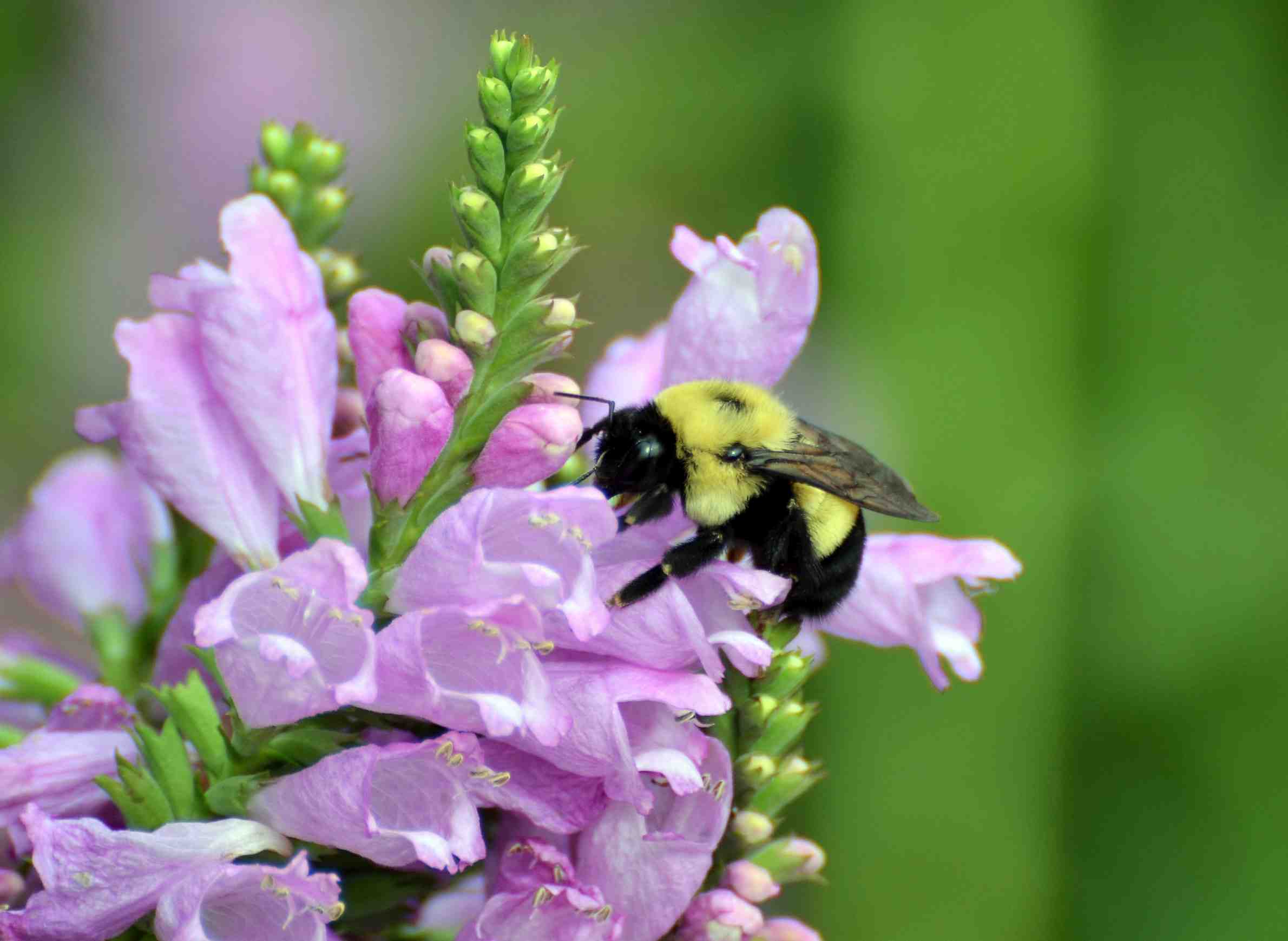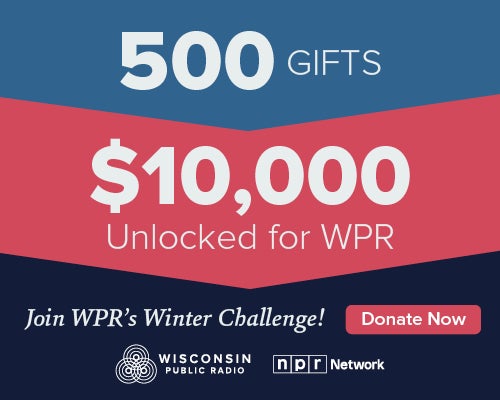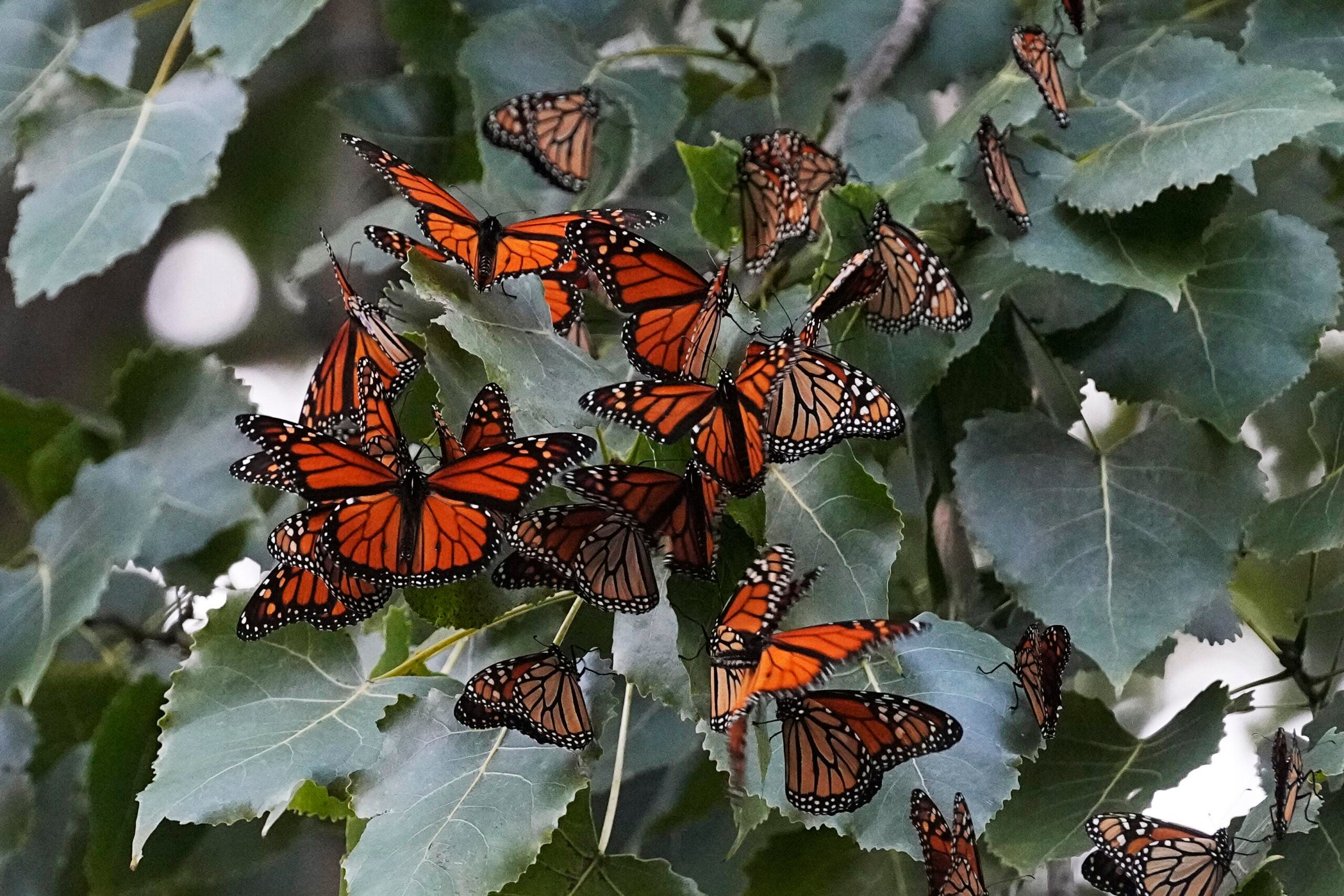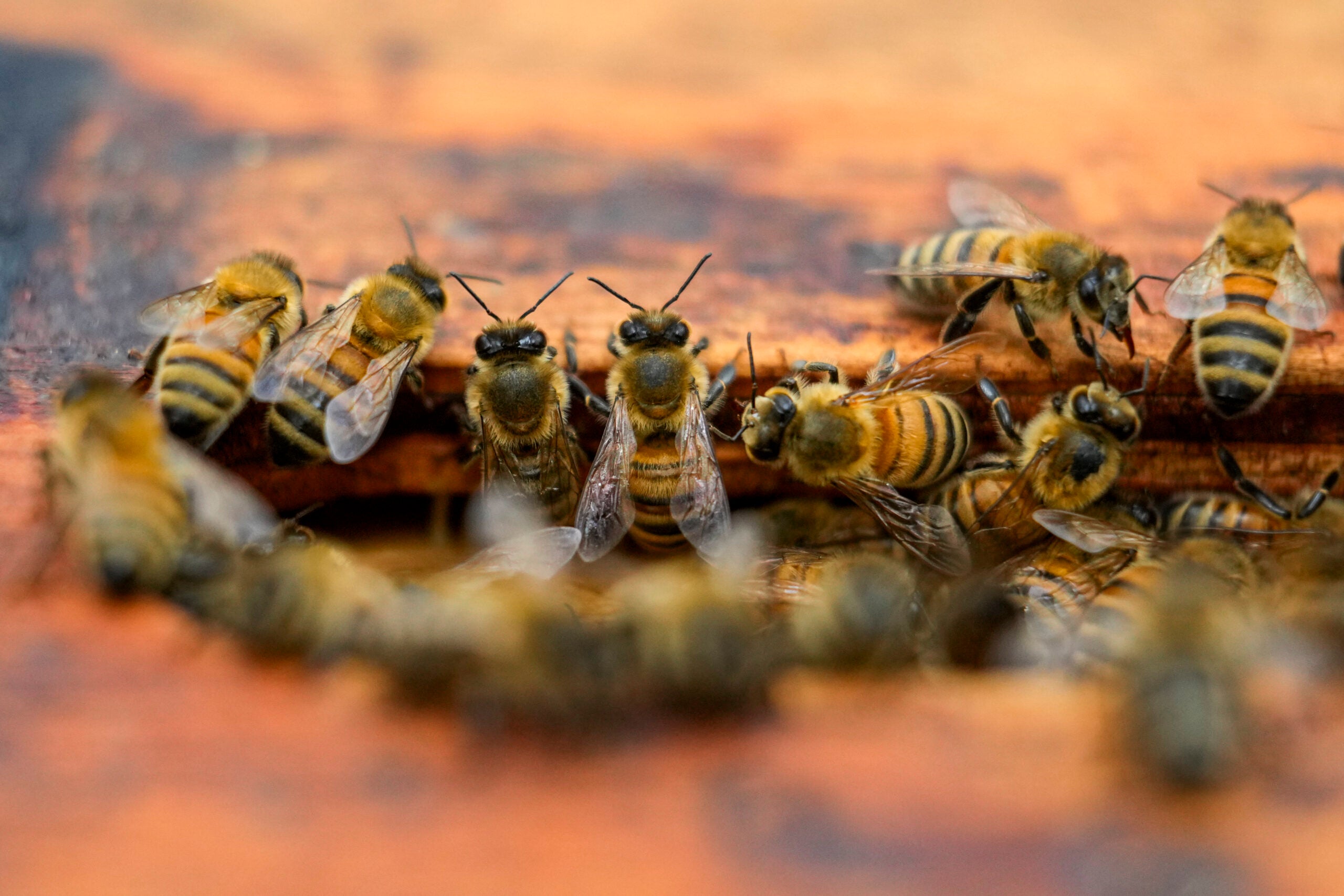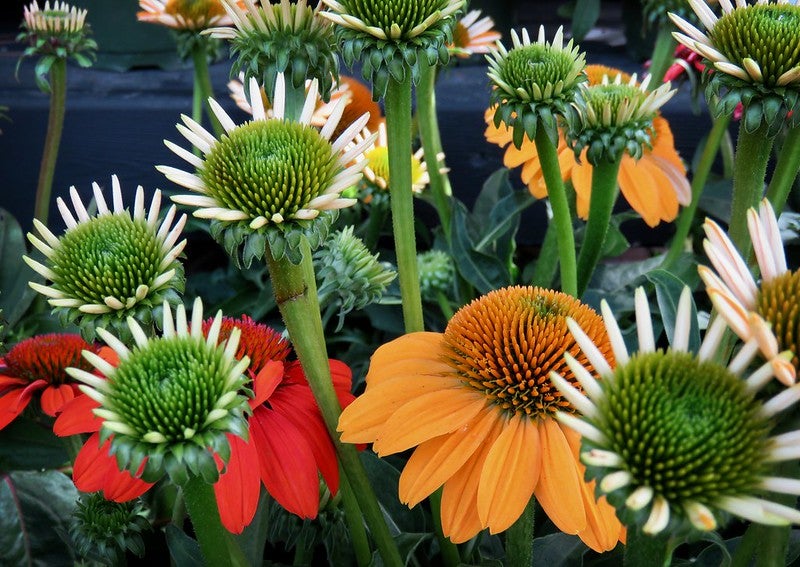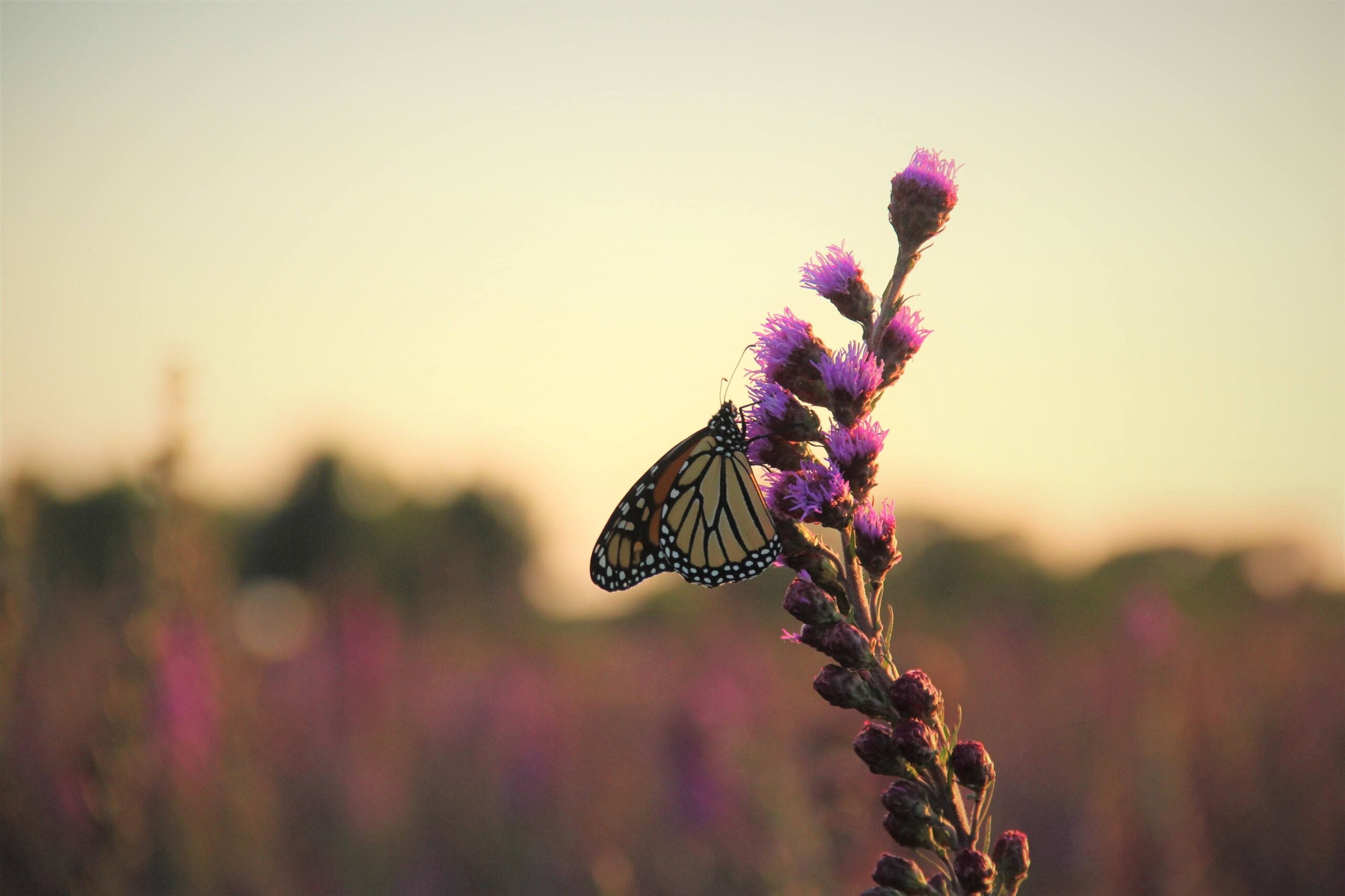After years of bees dying off by the millions, the most recent U.S. Census of Agriculture indicates that America’s domestic honey bee population is at an all-time high. But those honey bees are just part of the story of pollinator health.
Susan Carpenter, native plant garden curator and gardener at the University of Wisconsin-Madison Arboretum, told WPR’s “Central Time” that Wisconsin’s native bees have different ecological functions and needs than domesticated honey bees.
“Everybody loves bees and wants to help them,” Carpenter said. “But if we really don’t understand what the differences between the two groups are, we’ll have a little harder time helping them.”
News with a little more humanity
WPR’s “Wisconsin Today” newsletter keeps you connected to the state you love without feeling overwhelmed. No paywall. No agenda. No corporate filter.
On “Central Time,” Carpenter discussed the recent increase in honey bee populations, the limits of domesticated honey bees as pollinators and how people in Wisconsin can support native bees.
The following was edited for clarity and brevity and includes questions from callers.
Rob Ferrett: What do we know about the domestic honey bee population in the United States?
Susan Carpenter: Most of the honey bees that are domesticated in North America are native to Europe. They were brought over in the 1600s, mainly for their wax production. But now, they’re busy in the agricultural industry. The honey industry is quite important, especially in Wisconsin.
They are a perennial species, so they live from year to year. … In recent years, there has been a lot of die-off of the honey bees in the winter. There’s some diseases and pests that can harm them, even during the summer. They would have to be replaced year to year at that point.
They’re also important for pollination. You may have heard of commercial honey bees, whose hives are shipped around the country. When the almonds are blooming in California, almost all of the commercial honey bees are in California pollinating that crop, but it only lasts for a few weeks. Then they have to be shipped to other places.
RF: Does the increase in honey bee populations mean those die-offs are over?
SC: In a recent article, it looked as though the losses were still at a pretty high level. They were being replaced, as you would if you had a different animal, like chickens you were growing in an agricultural setting. If you had chickens getting sick, you might replace them with more and more chickens in order to build up your numbers again.
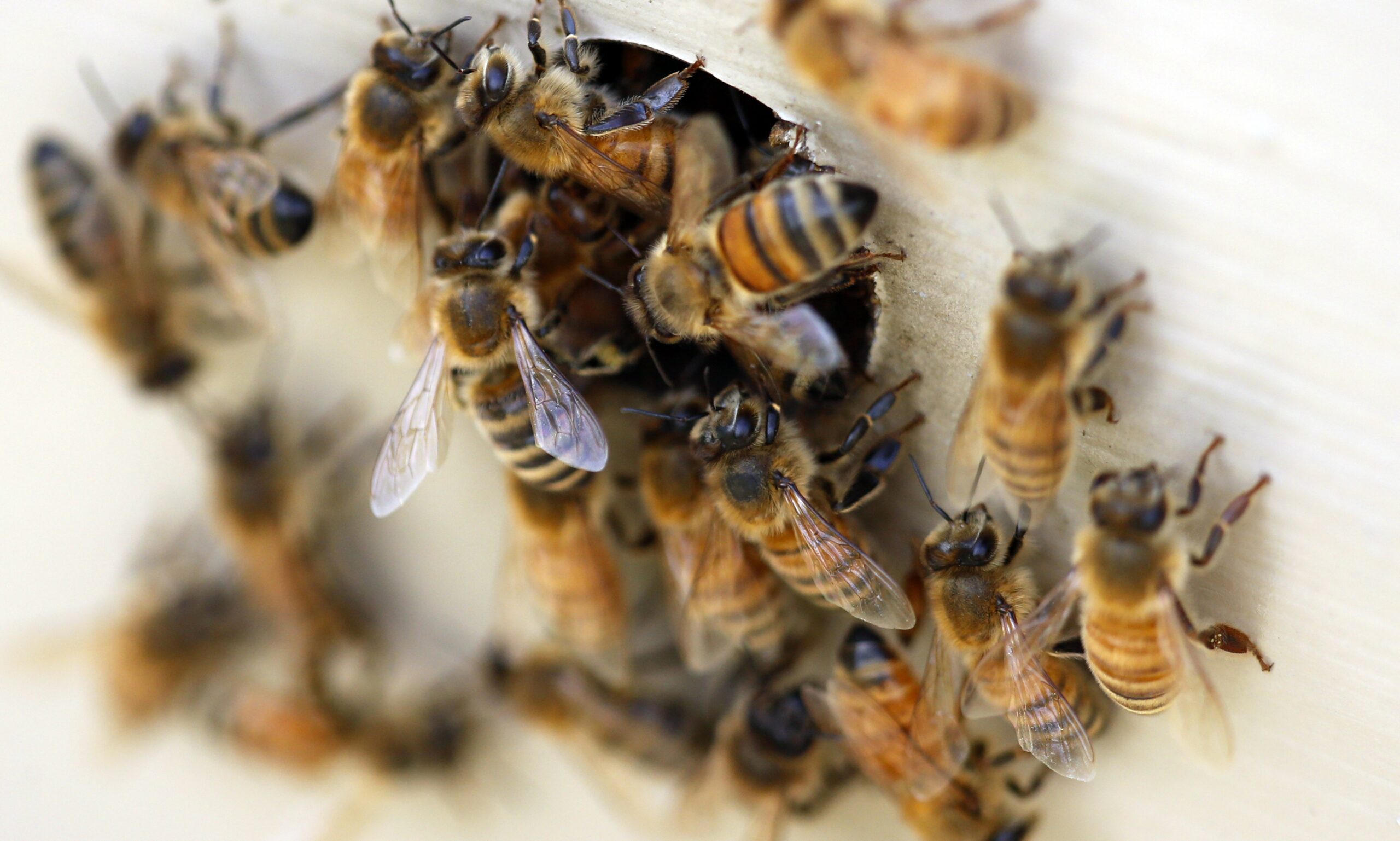
RF: Let’s turn to our native bee species. And that’s plural, right? There’s a lot of different kinds of bees around North America, a good number of them here in Wisconsin.
SC: There’s about 500 species of native bees in Wisconsin alone. And that includes a lot of diversity. We have a diversity of sizes of bees, the time of year when they’re active and different life cycles. Some are ground nesting. Some are cavity nesting. Some have colonies. And some are solitary bees. … And that isn’t even counting all the other pollinators that are important for pollinating all of our plants.
The native bees are active in pollinating native plants, because they’ve evolved with them for thousands of years. … All the diversity of bees corresponds to the diversity of plants. And plants are going to be the basis of all the food webs and all of nature that we’re taking care of.
RF: Of those 500 species in Wisconsin, are there some that we’re worried about, that are threatened or maybe even endangered?
SC: Yes. Take bumble bees, for example, because bumble bees are a familiar bee to everyone. We have 20 kinds in Wisconsin. There is one that’s federally endangered, and it’s the rusty patched bumble bee. Many ordinary people are documenting bumble bees across Wisconsin, particularly that one.
There are also other species that are being considered for endangered status because of declining populations. And that’s just within that 20 species of bumble bee. There are other species which we really don’t have much information on at all, so their story is kind of hidden right now. We need people to be watching for them and learning about them.
Listener from Milwaukee: What impact do the honey bees have on the native bee population in Wisconsin?
SC: It mainly depends on what area we’re looking at. For example, habitat. Habitat is usually described as the floral resources, so all the flowers that bees can use. If there’s an abundance of flowers that are valuable to pollinators, then there might not be very much impact of honey bees being with the native bees in that area. But if the habitat is poor and there’s not very many flowers, we do know that a hive of honey bees could displace 30,000 of the small native bees that are solitary, because they are using the resource.
Honey bees can be affected by mites and other pests. The mites can carry honey bee viruses. And some of those viruses can be transmitted to bumble bees or solitary bees, either directly or indirectly, through the flowers that they visit. There is a lot more that we need to learn and know about those effects.
Listener from Fort Atkinson: I was wanting to plant some native flowers. Can you give me some resources to get seeds for the spring?
SC: If you are planning to go with seed there, one thing I’d suggest is to go to the state Department of Natural Resources website. There’s a whole page there which has lists of nurseries, information about the plants and information about contractors who are helpful.
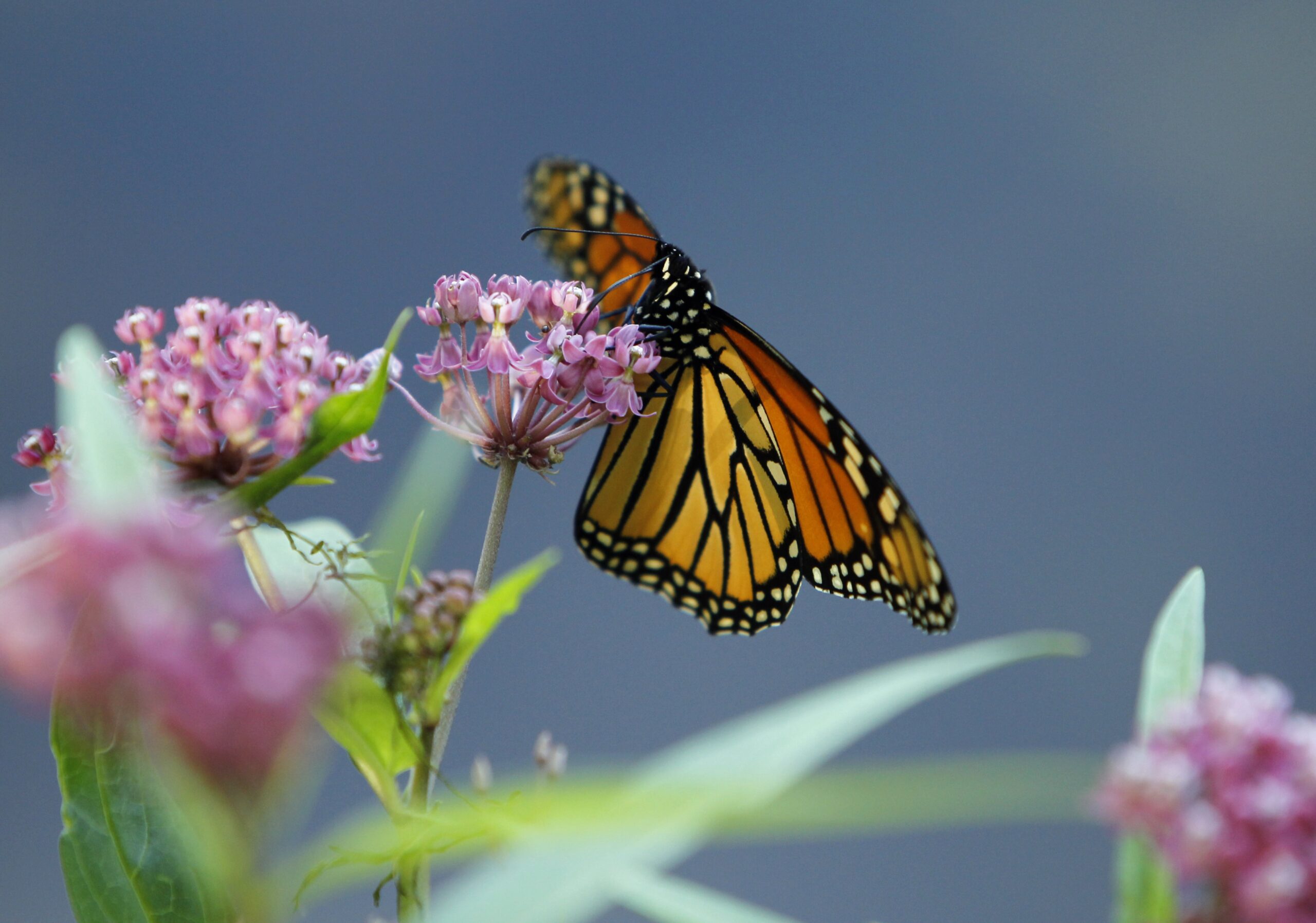
There are certain seeds that need to go through winter in order to germinate. If you put the seed down in spring, it might not have time to stratify before germination time. But there are some grasses and some of the flowering plants that would be able to. I would suggest getting a seed mix that matches up really well with your conditions there, and your soil type. And you can look into the native plant nurseries.
RF: How about things like city and highway maintenance departments? Are there things we can be doing on our roadsides to help these bees?
SC: One thing that’s really general to everywhere — and roadsides and railroads are someplace I see this a lot — we have to protect the bees from pesticides. Frankly, that is one of the biggest risk factors for all of our bees, including honey bees and all the bees.
Using native plants, you might not be able to use as diverse a mix in a roadside situation, but I’ve seen it done. I’ve also seen a lot of native grasses used in that situation. And I think if we can think about all the different places that we have stewardship roles — like community gardens and faith centers and so on — all of those are places where we can introduce more native plants into the environment and have a beneficial effect for bees.
Wisconsin Public Radio, © Copyright 2026, Board of Regents of the University of Wisconsin System and Wisconsin Educational Communications Board.

